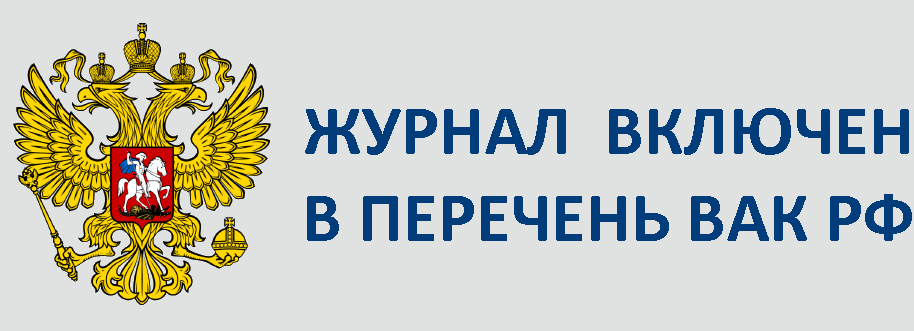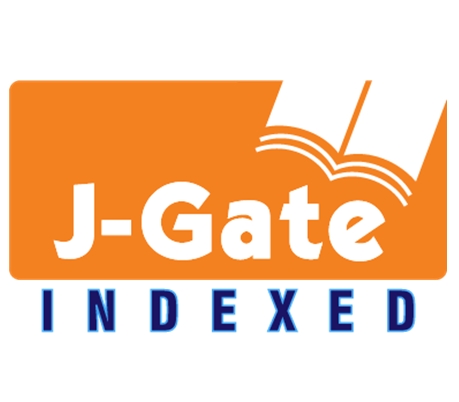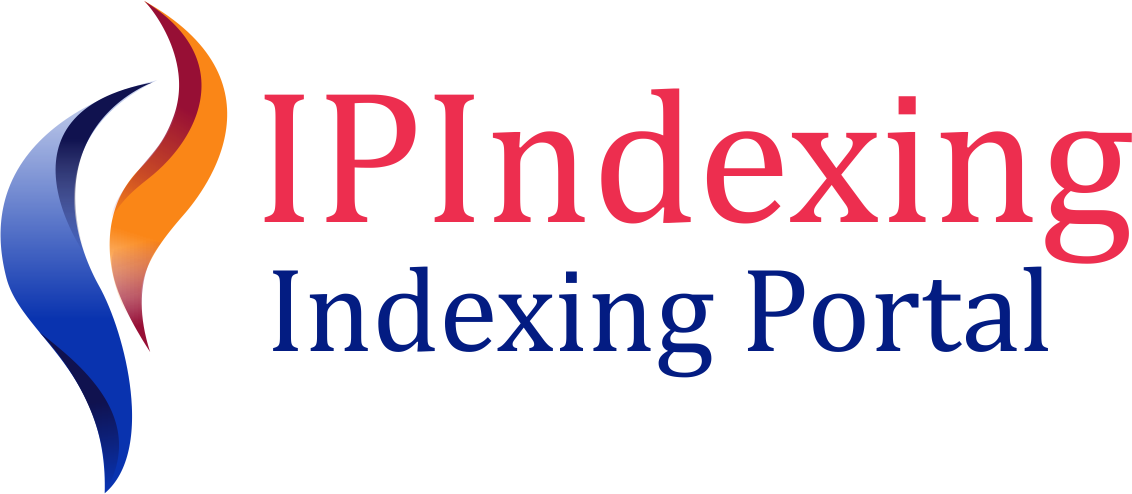№3-2017-03
DOI: https://doi.org/10.22281/2413-9920-2017-03-03-253-272
УДК 625.54, 625.57
Лагерев А.В., Лагерев И.А.
Влияние параметров рельефа на выбор оптимального шага промежуточных опор вдоль линии канатного метро
Сформулирована и решена задача условной нелинейной технико-экономической оптимизации шага установки промежуточных опорных конструкций при проектировании линий канатного метро в условиях сильно урбанизированной городской среды с учетом не горизонтальности поверхности рельефа. Задача оптимизации включает однокритериальную целевую функцию, выражающую стоимость строительства линии канатного метро (суммарную стоимость промежуточных опор, их фундамента, тягового и несущих стальных канатов и технологического оборудования). Указанная целевая функция подлежала минимизации путем нахождения оптимального сочетания шага установки промежуточных опор и усилия натяжения несущих канатов с учетом системы конструктивных, режимных, прочностных и градостроительных ограничений в виде нелинейных неравенств. При построении целевой функции были учтены 3 возможные формы провисания несущих канатов, которые могут быть реализованы для различных значений усилия их натяжения. Выполнен анализ влияния угла продольного уклона поверхности рельефа вдоль линии канатного метро на величину оптимального шага промежуточных опор в зависимости от конструктивных и стоимостных показателей промежуточных опор, а также на стоимость 1 км линии канатного метро. Количественные расчеты показали, что с увеличением продольного уклона поверхности стоимость строительства также увеличивается с нелинейно возрастающей скоростью.
Ключевые слова: канатное метро, канатная дорога, рельеф, промежуточная опора, шаг установки, технико-экономическая оптимизация, канат несущий, канат тяговый, агрегатная прочность, стоимость.
Lagerev A.V., Lagerev I.A.
The effect of topography on the choice of optimal step intermediate supports along the line of the cable metro
In article was formulated and solved the problem of conditional nonlinear optimization of the distance between intermediate supports during the design of the cable metro lines in highly urbanized environment, taking into account not the horizontal surface of the terrain. The optimization problem involves a single-criterion objective function that expresses the cost of construction of the cable metro line (total cost of intermediate supports and their foundations, traction and carrying steel cables and technical equipment). The specified objective function subject to minimization by finding the optimal combination of the distance between intermediate supports and tension carrying ropes with accounting constructive, modal, structural and planning constraints in the form of nonlinear inequalities. When constructing the objective function were considered three possible forms sagging of carrying ropes, which can be implemented for various values of the efforts of their tension. Analysis was done of the influence of the angle of the longitudinal slope of the surface relief along the line of the cable metro on the value of the optimal distance between intermediate supports depending on the design and cost of intermediate supports and at the cost of 1 km line of the cable metro. Quantitative calculations showed that with the increase of the longitudinal slope of the surface construction cost also increases with nonlinear increasing rate. The dependence of the cost of 1 km of line underground cable metro from the parameters of the relief is of extreme character with a pronounced minimum at small angles of inclination of the terrain surface about 3…60 degrees. The position of the minimum is quite stable and only slightly changes when enough significant change in the cost of intermediate supports and installed on them technological equipment. The most effective conditions for the construction of the cable metro is the terrain with considerable differences in altitude along the length of the route of transport: only if the surface inclination of more than 50…60 degrees cost of 1 km line starts to exceed the cost of 1 km line laid along a strictly horizontal surface. At small angles of inclination of the surface (less than 6…8 degrees) to minimize the cost of construction of the cable metro line requires more frequent installation of intermediate supports. However, despite the possibility of building a lower and cheaper supports, the observed increased values of the cost of 1 km of optimum option of the line. At large angles of inclination of the surface a need for a more rare setup higher intermediate supports. Within the tilt angle 10…60 degrees the range of variation of the optimal step is small enough, amounting to no more than ±10 % from the value of the step at an angle of inclination of the surface 10 degree. In the range of small angles of inclination of the terrain surface (3…6 degrees) observed abrupt changes in the basic technical and economic characteristics of the cable metro lines. This is due to the change of the forms sagging of load-bearing ropes. The increase in the number of supporting ropes has a very small economic effect (within 4 %). It does not change the optimal characteristics of such line, as a step of the installation and the height of intermediate supports, shape and sagging boom carrying ropes. However, the significantly reduced diameter of the supporting rope and the horizontal force tension. The increase in aggregate strength of carrying ropes provides a directly proportional increase in the optimal step installation of intermediate supports and leads to a marked decrease in the cost of construction of the cable metro lines. At the height of intermediate supports and the horizontal force of the tension carrying ropes of their aggregate strength influence practically does not, however, leads to a significant reduction in the required diameter of the supporting ropes. It also has a positive effect on reducing the cost characteristics of the construction cable metro line. The capacity of the line cable metro has a significant impact on the optimal values of some of its basic technical and economic characteristics, in particular, the cost of 1 km line, the step to install intermediate supports, tension and diameter of the supporting ropes. Its increase is possible by increasing the allowed speed passenger cabins and (or) their capacity and quantity. In all these cases, increasing capacity causes the increase in the cost of 1 km of line and the reduction step of the installation of intermediate supports. The degree of influence these areas of increasing capacity is not the same, which suggests the presence for the given value of the theoretical capacity of an optimal combination of speed, capacity and number of passenger cabins, which will be achieved the greatest technical and economic effect during the construction of the cable metro line.
Key words: cable metro, ropeway, topography, intermediate support, installation step, optimization, traction cable, carrying cable, strength of the cable, cost.
Скачать статью (файл pdf) — Download (pdf)

Это произведение доступно по лицензии Creative Commons «Attribution-ShareAlike» («Атрибуция — На тех же условиях») 4.0 Всемирная.





























